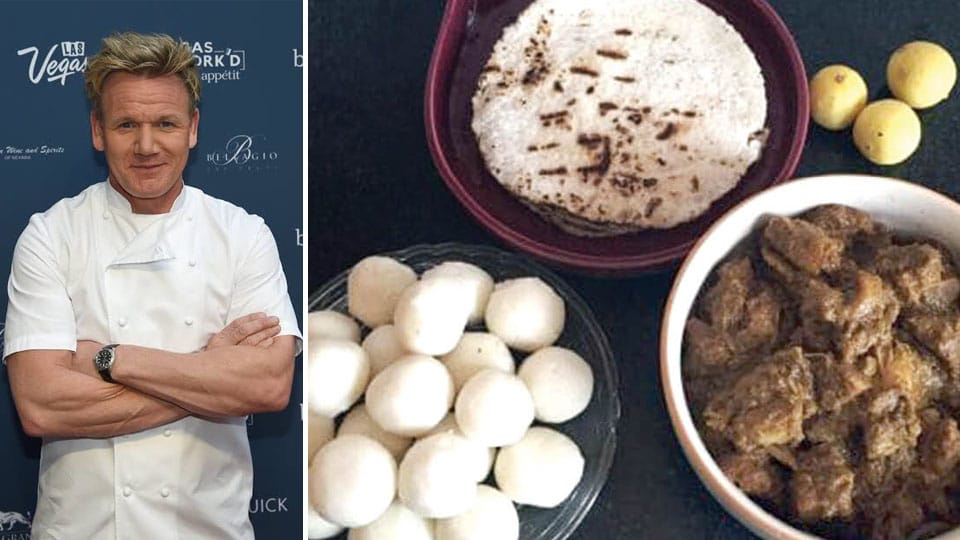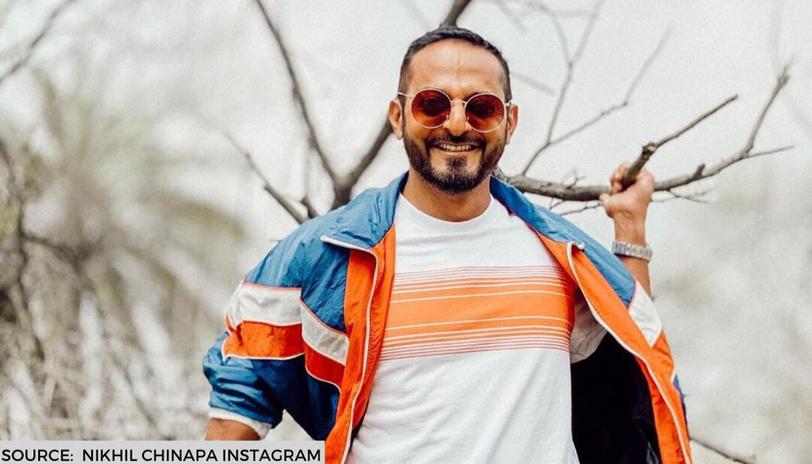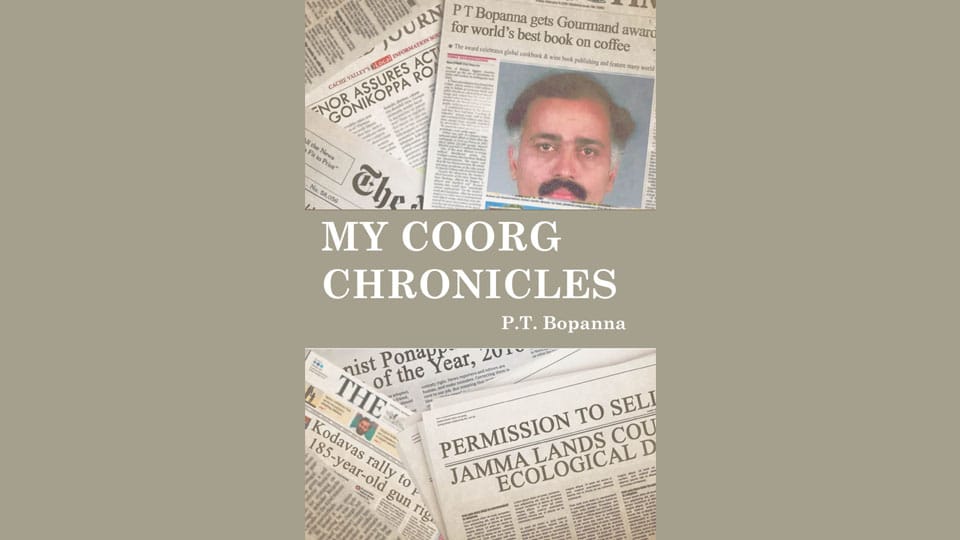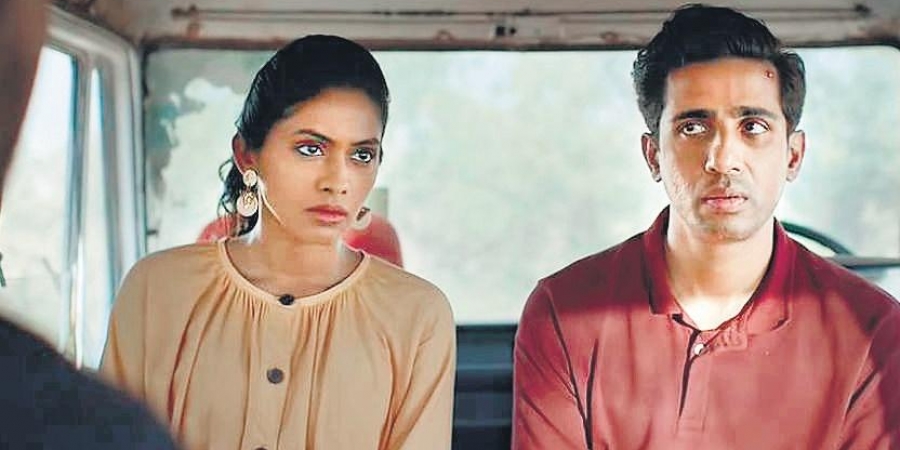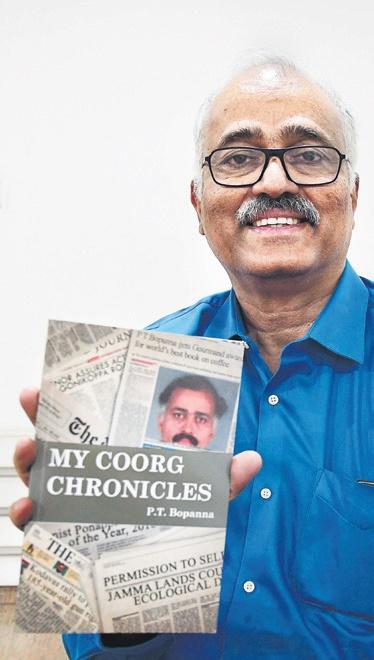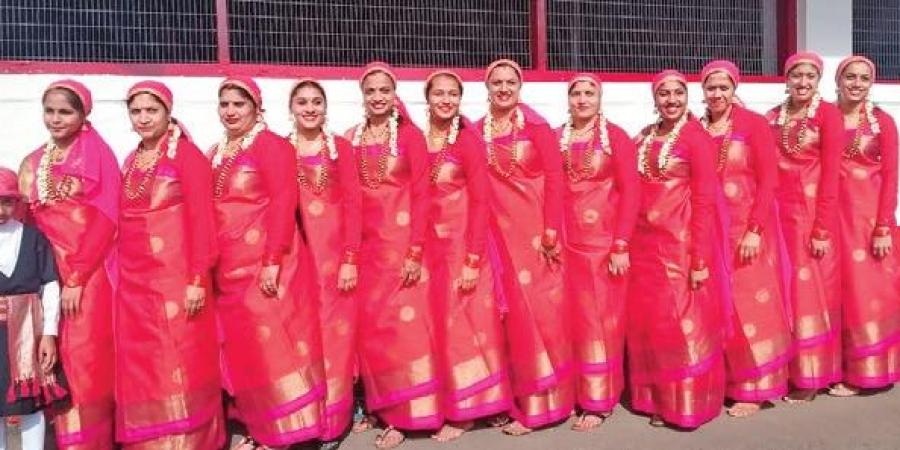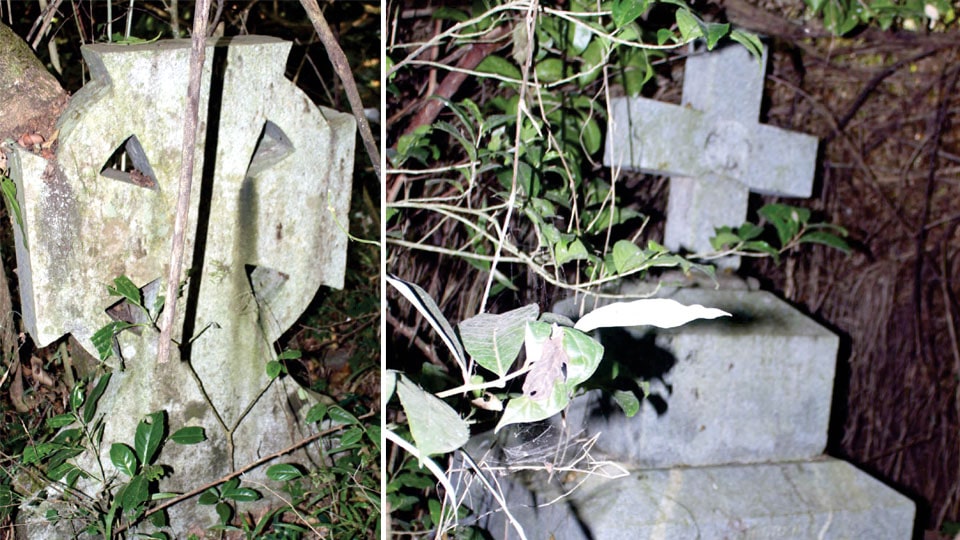Celebrated Restaurateur is on a culinary adventure featuring native chefs and dishes of Malabar, Kodagu regions
Madikeri:
Imagine Kadumbutt Pandi Curry, Akki Otti, Baimbale Curry and other popular Kodava cuisines prominently figuring in the Michelin-starred restaurants in the dining capitals of New York, Dubai and London. Going by the looks of it, this will be a reality very soon, attested by none other than Gordon Ramsay, the International Chef, Restaurateur and Television Personality.
Ramsay is in Kodagu shooting for a documentary on Kodava cuisine, which is expected to feature native chefs from Kodagu. He is staying at the plush Tamara Resort, Kabbinakad Estate at Yavakapadi village near Kakkabe, North Kodagu.
Before arriving in Kodagu, the British chef, whose restaurants have been awarded 16 Michelin Stars in total, was spotted at Muzhappilangad Beach and The Malabar Beach Resort in Kannur on Monday where he was filming the making of Malabar cuisine including Ghee Rice, Ari Pathiri (rice roti), Kallummakaya (Mussels) Fry and Thalassery Biriyani. After the Malabar shoot, he came to Kodagu on Monday evening, reports said.
Gordon Ramsay owns two posh restaurants in Dubai and is touring select parts in South India including Malabar region and Kodagu to film a segment of his National Geographic show ‘Gordon Ramsay: Uncharted.’
Several native chefs and their dishes will feature in the documentary aimed at acquainting his fans with food from around the globe. Ramsay even posted an Instagram story about his culinary adventure in Kerala. The culinary adventure series shows Ramsay travelling to remote locations to engross himself in indigenous cuisine and learn more about the same through local chefs. The series is expected to provide a boost to Malabar and Kodava cuisine and native chefs.
“For me, ‘Uncharted’ was diving into those unknown secrets, away from the touristy parts and embedding myself in that community. I’ve spent the last two decades with the most amazing ingredients arriving on my doorstep, so to turn that in reverse and to go to the source is incredible,” he posted on social media.
‘Uncharted’ Season 1 which premiered on July 21, 2019, on the National Geographic Network saw Ramsay’s adventures in Peru, New Zealand, Morocco, Hawaii, Laos and Alaska. Previously, Ramsay had featured in the television series ‘Gordon’s Great Escape’ wherein he embarked on a culinary adventure in India and Asia.
source: http://www.starofmysore.com / Star of Mysore / Home> News / January 31st, 2020
